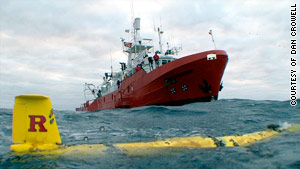 UKIRT infrared images of the four target galaxies show them in near-infrared color, where the images at different infrared wavelengths are assigned to represent red, green and blue colors. Observations with the Keck Interferometer have resolved the inner structure of the bright nucleus in all the four galaxies. The inferred ring-like structure obtained for NGC 4151 at the top-left is depicted in the top-right panel. The ring radius is 0.13 light years, corresponding to an extremely small ~0.5 milli-arcsecond angular size on the sky. The distance to each galaxy is indicated in million light-years, together with the redshift (z) of each galaxy. (Credit: M. Kishimoto, MPIfR)
UKIRT infrared images of the four target galaxies show them in near-infrared color, where the images at different infrared wavelengths are assigned to represent red, green and blue colors. Observations with the Keck Interferometer have resolved the inner structure of the bright nucleus in all the four galaxies. The inferred ring-like structure obtained for NGC 4151 at the top-left is depicted in the top-right panel. The ring radius is 0.13 light years, corresponding to an extremely small ~0.5 milli-arcsecond angular size on the sky. The distance to each galaxy is indicated in million light-years, together with the redshift (z) of each galaxy. (Credit: M. Kishimoto, MPIfR)From Science Daily:
Science Daily (Dec. 11, 2009) — An international team of scientists has observed four super-massive black holes at the center of galaxies, which may provide new information on how these central black hole systems operate.
Their findings are published in December's first issue of the journal Astronomy and Astrophysics.
Read more ....
















































